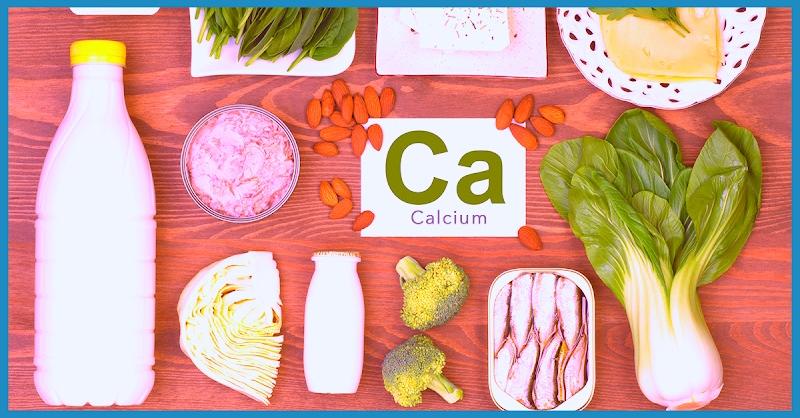Are you curious to know what is cell sap? You have come to the right place as I am going to tell you everything about cell sap in a very simple explanation. Without further discussion let’s begin to know what is cell sap?
Cell sap, a vital component within plant cells, plays a pivotal role in maintaining cell turgidity, nutrient storage, and various physiological processes. In this detailed exploration, we’ll delve into the intricacies of what cell sap is, its composition, functions, and its presence in both plant and animal cells.
What Is Cell Sap?
Cell sap refers to the fluid present within the vacuole of plant cells. It is a crucial element in maintaining cell turgor pressure, ensuring the structural integrity of plant cells. Composed of water, dissolved minerals, sugars, and other substances, cell sap contributes to various physiological processes within the cell.
What Is Cell Sap In Plants?
In plants, cell sap is primarily found within the vacuole, a membrane-bound organelle. This fluid plays a vital role in supporting the cell’s structure, providing buoyancy and preventing wilting. The composition of cell sap makes it essential for nutrient storage and transportation.
What Is Cell Sap: Give Its Composition
The composition of cell sap includes:
- Water: Constituting the majority of the cell sap, water provides the fluid medium for dissolved substances.
- Dissolved Minerals: Essential minerals such as potassium, calcium, and magnesium are dissolved in the cell sap, contributing to the plant’s nutritional needs.
- Sugars and Solutes: Cell sap contains sugars and other solutes, serving as a reservoir for energy storage and facilitating osmotic regulation.
What Is Cell Sap Class 9?
For ninth-grade students, understanding cell sap is part of the biology curriculum. The focus may include grasping the role of cell sap in maintaining cell turgor, supporting plant structure, and facilitating nutrient storage and transport.
What Is Cell Sap Class 11?
In the eleventh-grade curriculum, students may delve deeper into the molecular aspects of cell sap. This may involve studying the osmotic properties, nutrient composition, and the dynamic nature of cell sap in various physiological processes.
What Is Cell Sap Class 8?
In the eighth-grade curriculum, the emphasis may be on introducing the concept of cell sap as a fluid present within plant cells. Students may learn about its basic composition and role in supporting plant cells.
What Is The Function Of Cell Sap?
The functions of cell sap include:
- Maintaining Turgor Pressure: Cell sap contributes to the turgidity of plant cells, preventing wilting and maintaining structural integrity.
- Nutrient Storage: Essential minerals and nutrients are stored in the cell sap, serving as a reservoir for the plant’s metabolic needs.
- Osmotic Regulation: Cell sap participates in osmotic processes, regulating water movement within the cell and responding to environmental changes.
Where Is Cell Sap Found?
Cell sap is primarily found within the vacuole of plant cells. The vacuole acts as a storage organelle, containing cell sap that occupies a significant portion of the cell’s volume.
Cell Sap In Animal Cell
Unlike plant cells, animal cells do not typically have a large central vacuole or cell sap. Animal cells maintain their structural integrity through other mechanisms, and they lack the distinct organelles responsible for storing cell sap.
Conclusion
In conclusion, cell sap is a vital component within plant cells, contributing to their structural stability, nutrient storage, and overall functionality. Whether you’re a student exploring biology concepts or an enthusiast eager to understand the intricacies of plant physiology, grasping the role of cell sap is fundamental to comprehending the fascinating world of cellular biology.
FAQ
What Is The Cell Sap?
The cell sap is a non-living content of the vacuole. Cell sap is the fluid manufactured by the cytoplasm of the living plant cell. Cell sap consists of water and various substances that are often in the form of a colloidal suspension. On average, cell sap has twice the viscosity of water.
What Substances Are In Cell Sap?
Note: Cell sap is the fluid present inside the large sap vacuoles of the plant cell. It comprises salts, sugars, amino acids and mainly water.
What Cell Stores Sap?
Answer and Explanation: Plant cell sap is stored in the central vacuole. In addition to storing fluids, the vacuole also maintains turgor pressure against the cell wall.
What Is The Difference Between Cell Sap And Cytoplasm?
Cell sap is the liquid present inside the large central vacuole of plant cells. It provides mechanical support and serves as storage of materials. Cytoplasm is the fluid matrix within cell membrane in which all cell organelles including vacuole are emended.
I Have Covered All The Following Queries And Topics In The Above Article
What Is Cell Sap In Plants
What Is Cell Sap Give Its Composition
What Is Cell Sap Class 9
What Is Cell Sap Class 11
What Is Cell Sap Class 8
What Is The Function Of Cell Sap
Where Is Cell Sap Found
Cell Sap In Animal Cell
What Is Cell Sap



